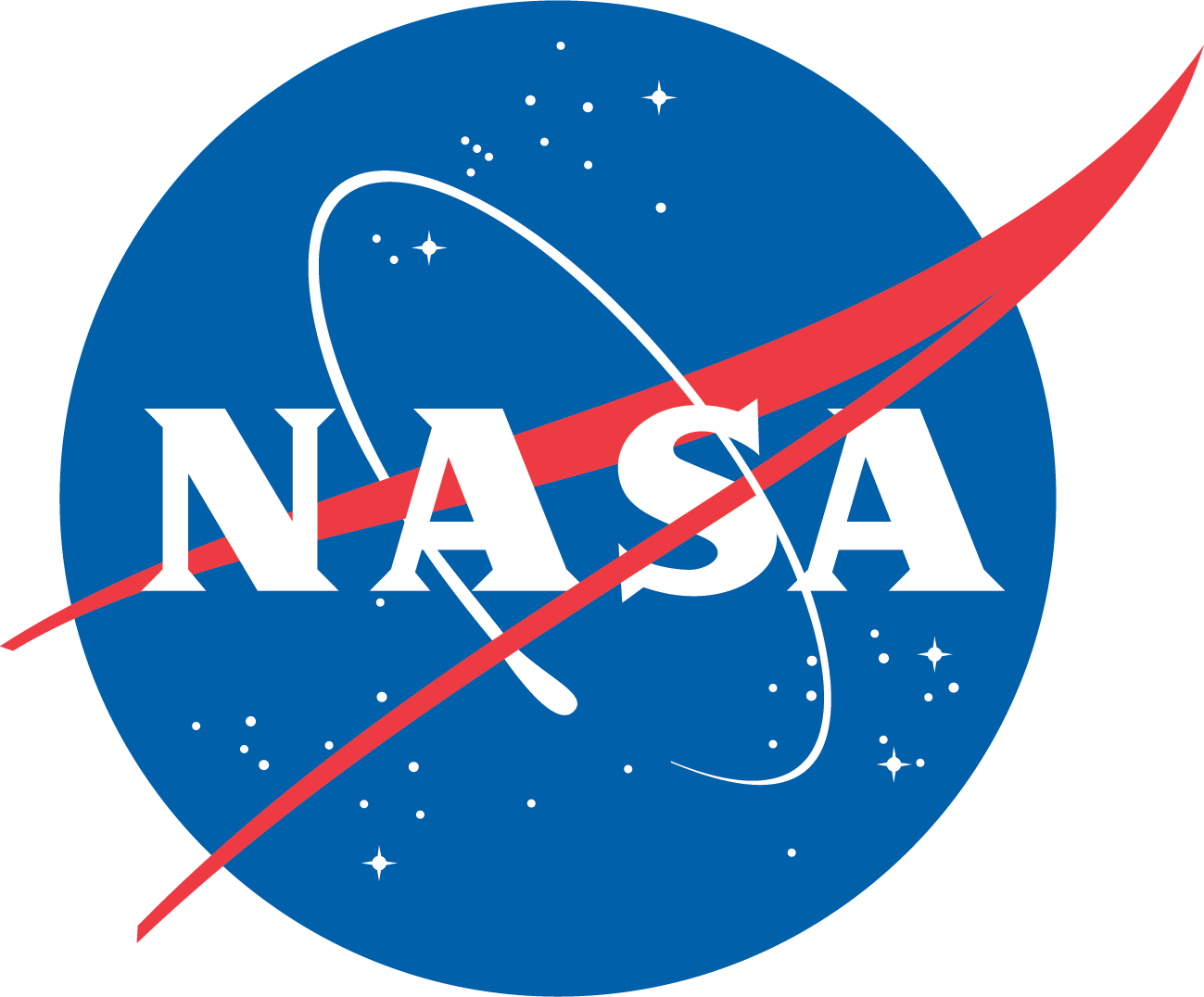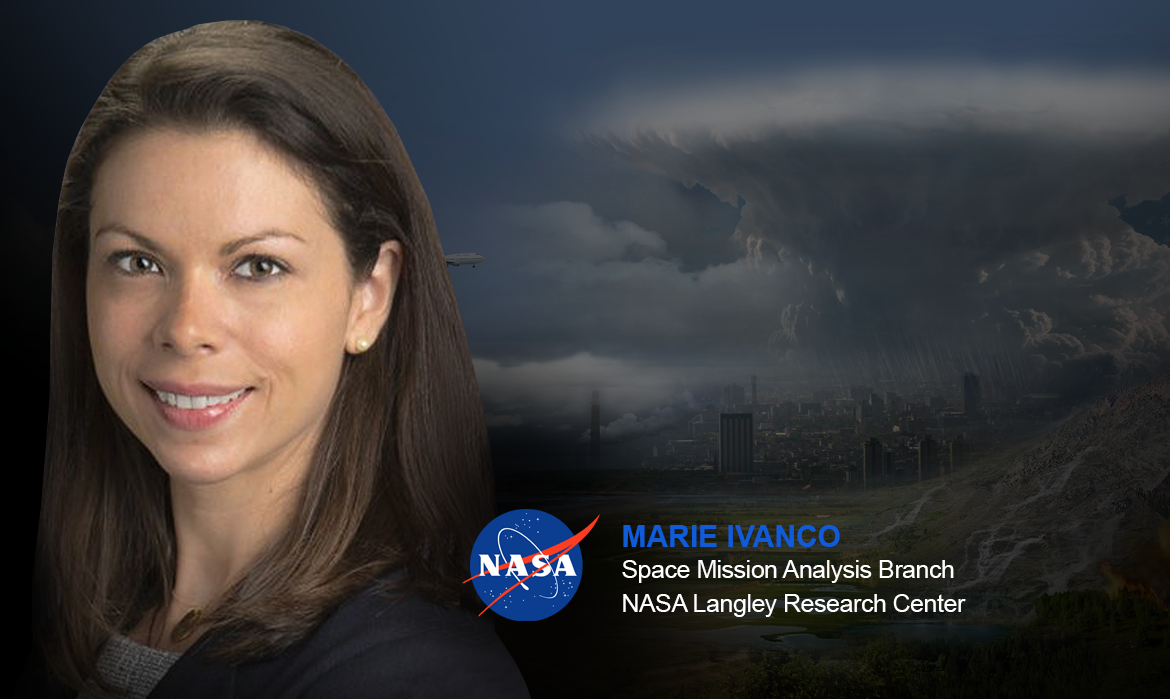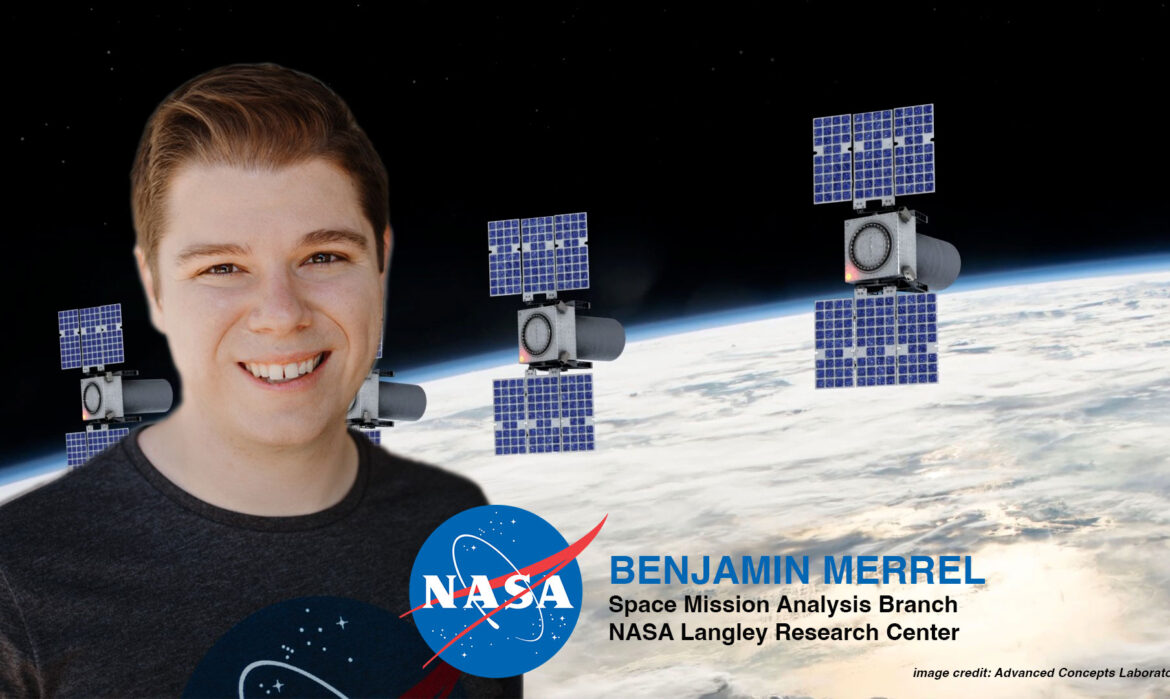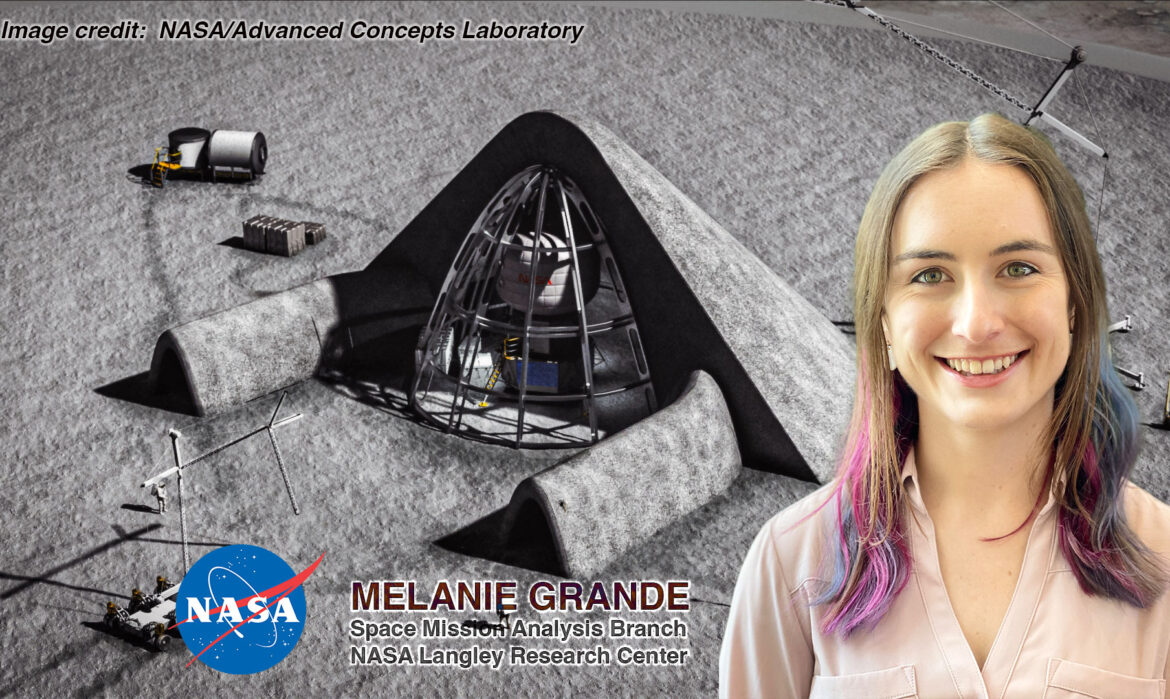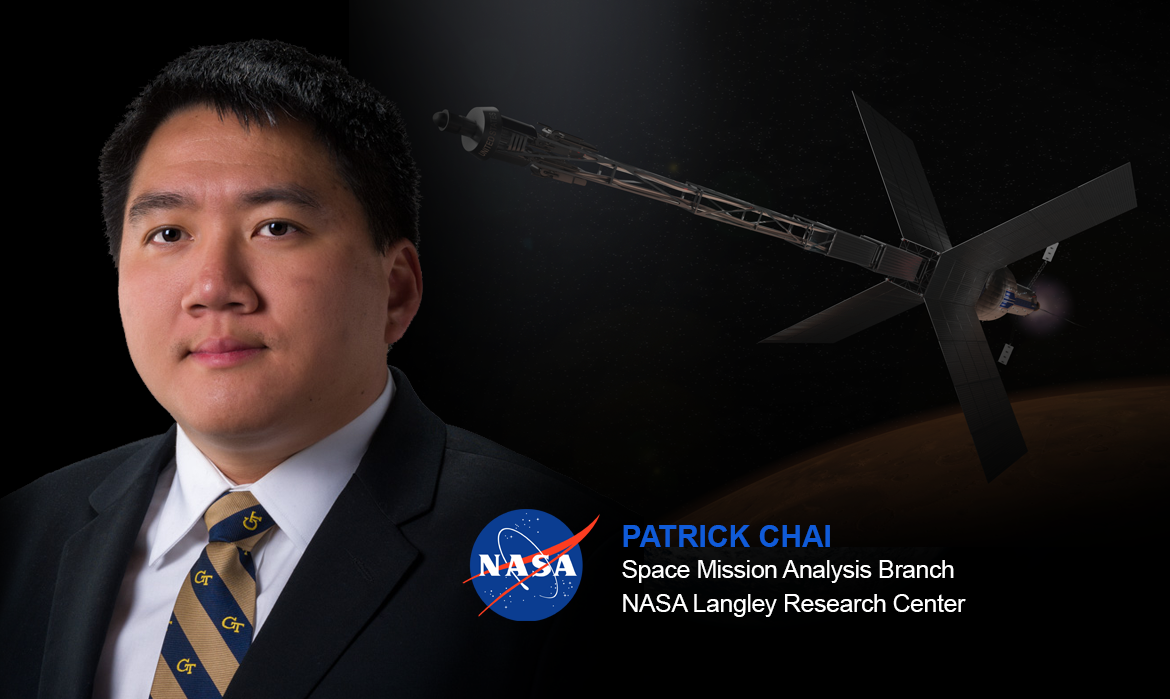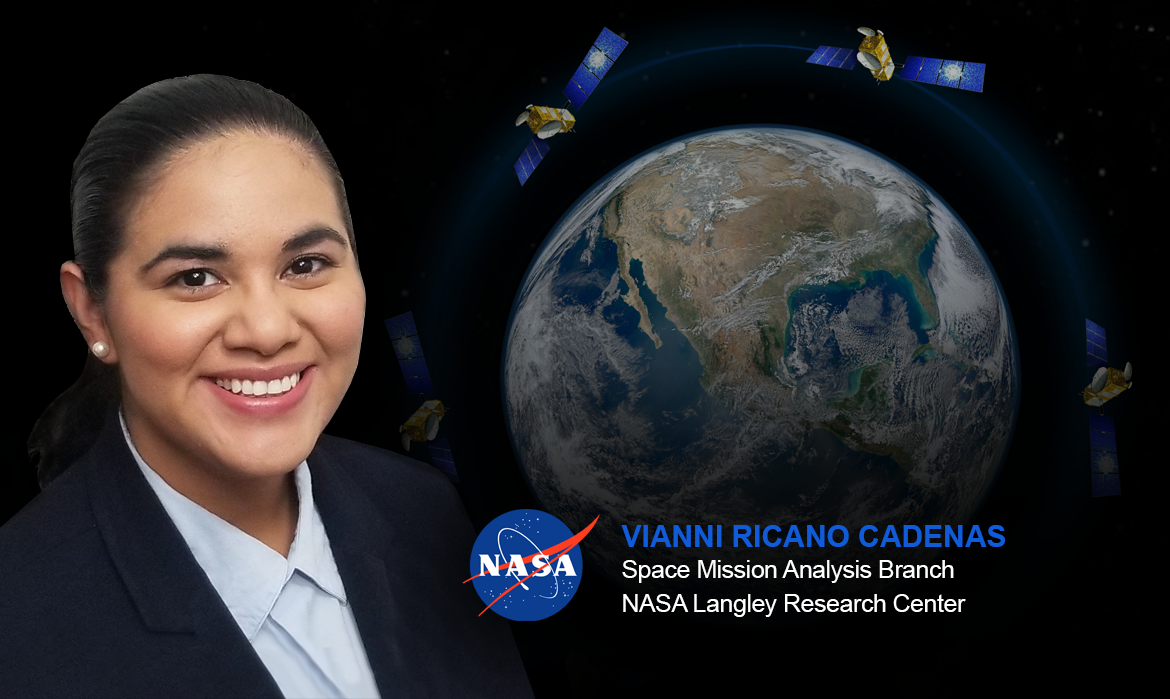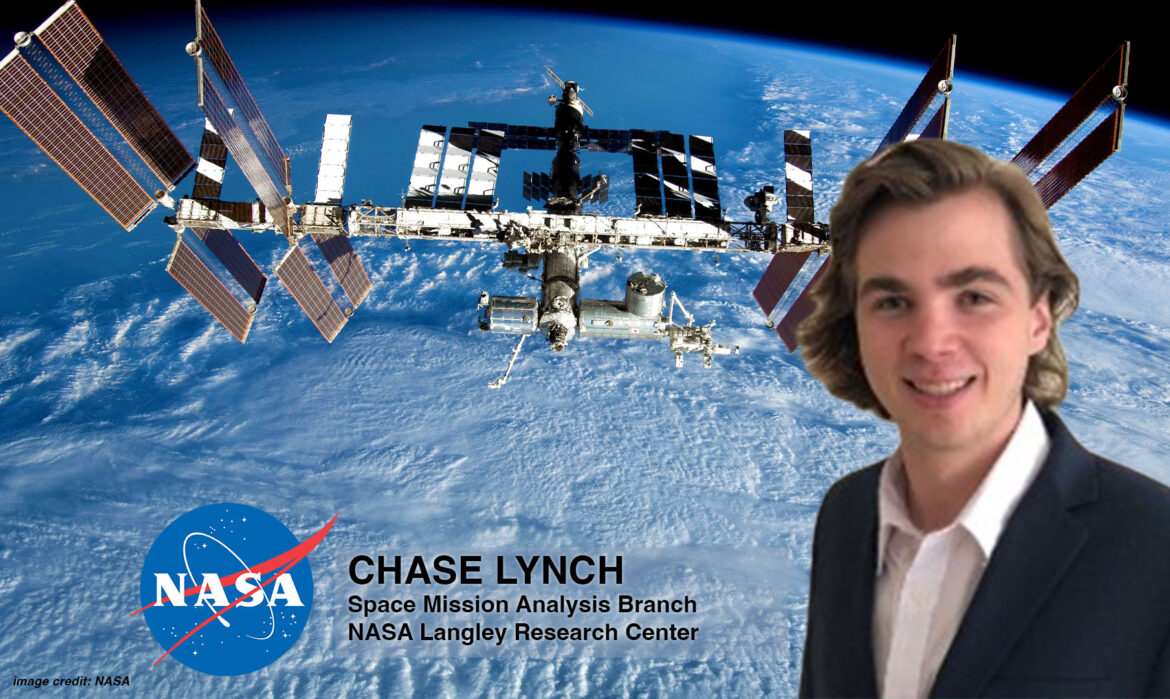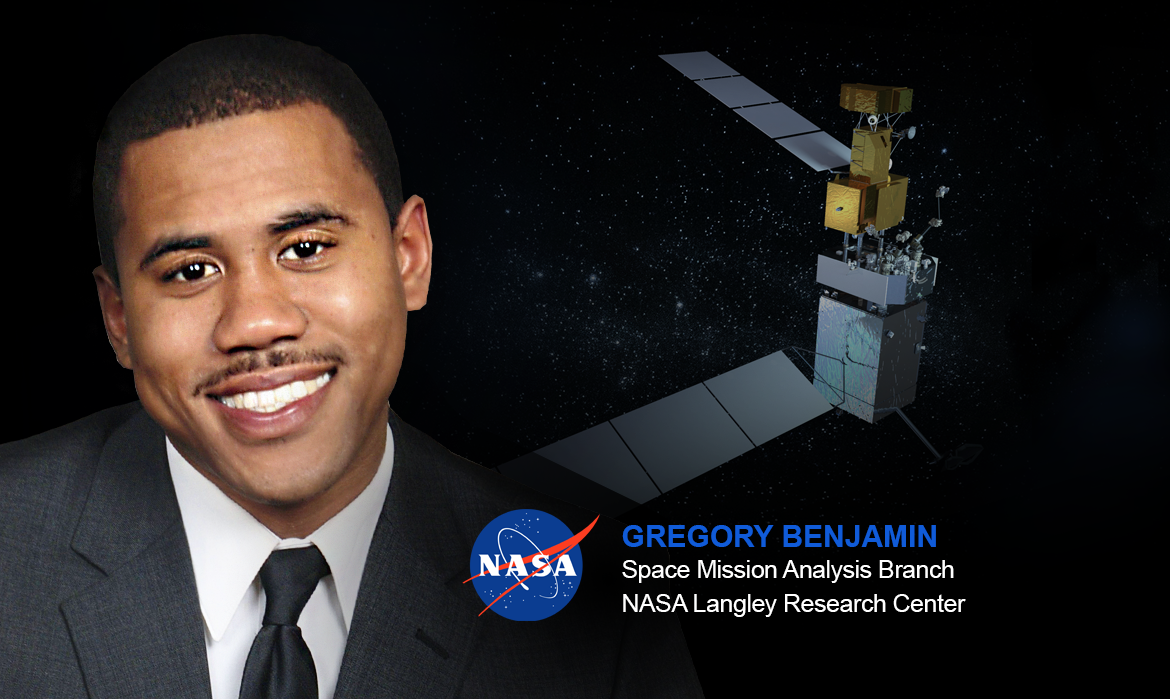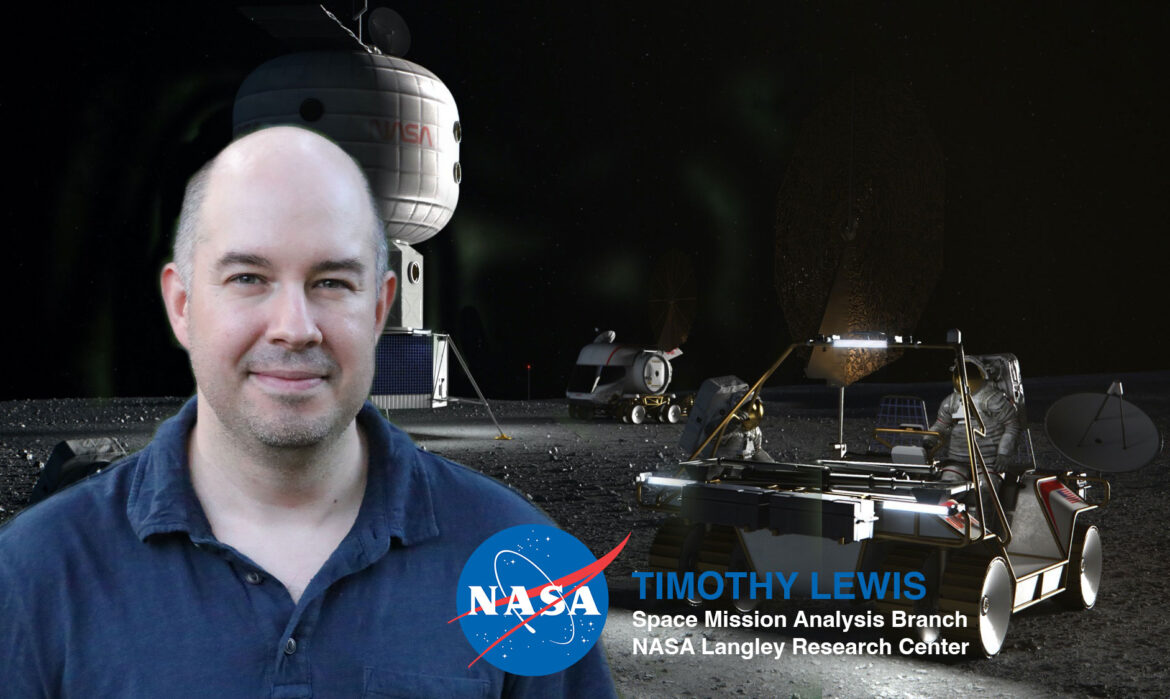Defining the Path to a Decision, featuring Marie Ivanco
“When you have to study potential science missions in the pre-formulation phase, it’s a very complex exercise.”
Marie Ivanco, a senior team lead for Science with the Space Mission Analysis Branch at the NASA Langley Research Center, explains how she tackles the challenges of designing new science mission architectures in a way that meets objectives from interested parties around the world.
In 2017, the National Academy of Sciences published a decadal survey for Earth Science, which included recommendations for targeted observables to study from space, including aerosols and their connections with clouds, atmospheric convection, and precipitation. After reading the document, Ivanco noticed that something was missing—a defined process to go from considering the desired study topics to actually designing missions and selecting architectures. She advocated at Langley and across the Agency for the inclusion of a Value Framework to bridge this gap, leading the Aerosol, Cloud, Convection and Precipitation (ACCP) study team to recognize the importance of implementing decision science as part of their process.
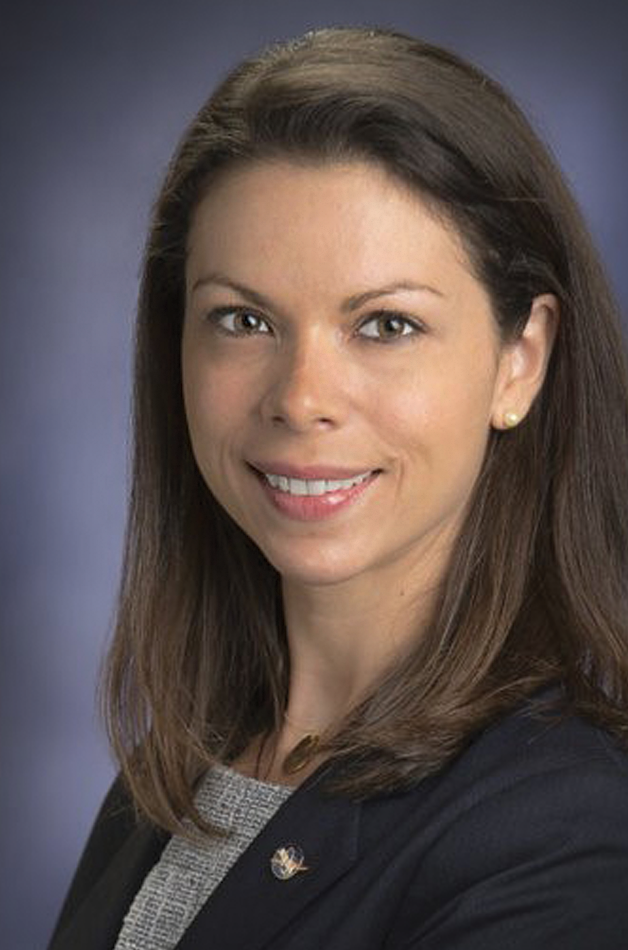
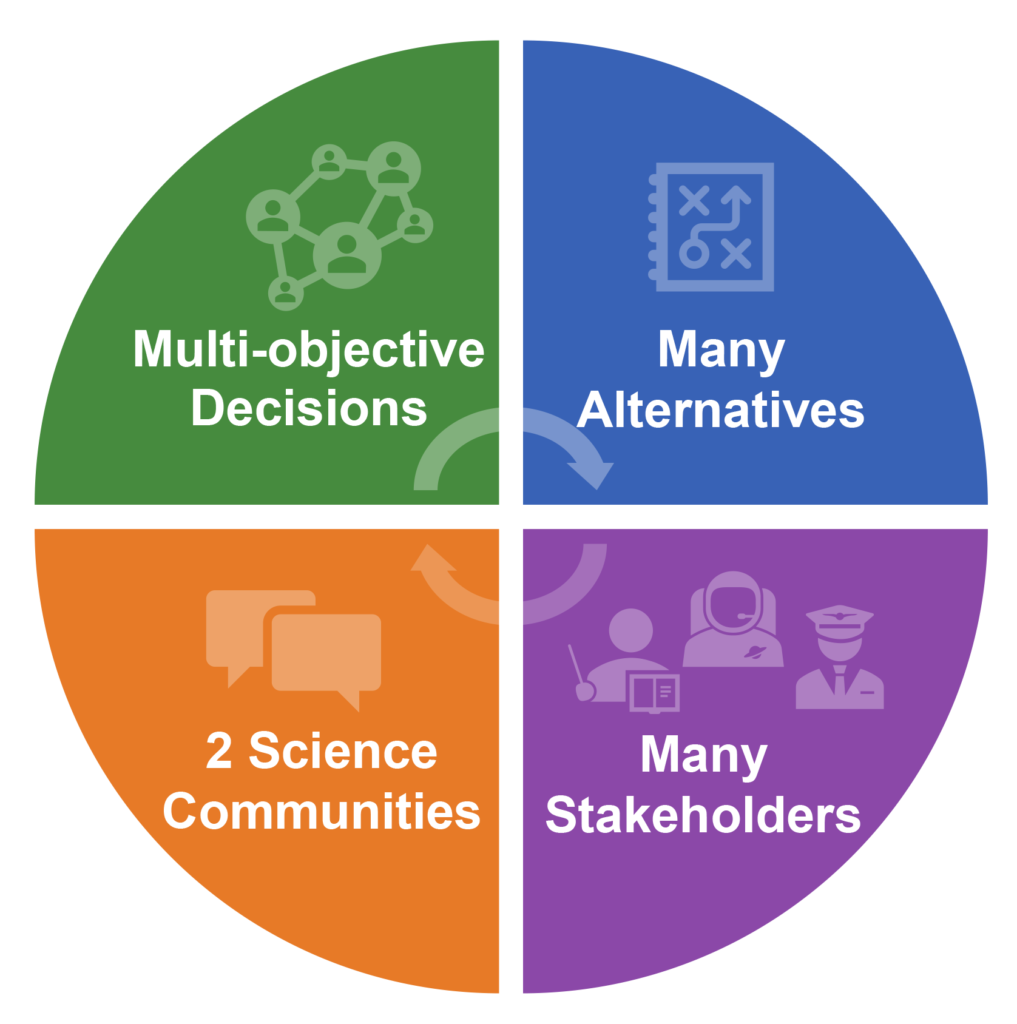
Leading the team that developed and implemented the Value Framework, Ivanco coordinated with the ACCP study management team to determine what was needed. With stakeholders across six NASA centers, four international partners, and many academic institutions, the ACCP study included many objectives to satisfy and alternatives to trade, and the study team needed to define potential architectures and assess them to make a recommendation to NASA Headquarters. Ivanco recognized that the “decision was too complex to be made using heuristics, so [she] developed a process that was structured, transparent, and traceable”. Working with the teams within the ACCP study that totaled over one hundred people, Ivanco’s Value Framework team offered a structured process and methodologies rooted in decision science for the scientific communities to conduct data-driven evaluations of the candidate architectures.
“I really love working in SMAB because of the impact we have, not only for the nation, but for the next 20 years of global science. I love having that kind of impact in my job.”
“To be successful in a job like this one, you need to respect other people’s expertise in their field and be willing to set your own opinions aside, …but when it came to the Value Framework and the decision science, I had to be firm and not compromise the methods we used.” Ivanco’s technical expertise in decision science and analysis laid the foundation for the success of the Value Framework, but her ability to adapt to rapidly changing customer needs enabled the team to build on that foundation. By recognizing when to listen and be responsive to the needs of the ACCP team while retaining the integrity of the Value Framework’s methods, she was able to navigate through challenges and create a truly collaborative environment. Through the use of the Value Framework, the ACCP study team was able to reach consensus on one recommended architecture ahead of schedule and budget, allowing the team to move to pre-phase A early and, hopefully, enable a mission in a few years.

Ivanco’s work in government and building collaborative and peaceful communities started long before she came to NASA. After graduating from La Sorbonne’s law school in France, she supported government building and peacekeeping operations at the United Nations Mission in Kosovo (UNMIK) Headquarters in the Balkans. After moving to the United States, she went back to school to become an engineer and started to do decision science in graduate school, working with the U.S. Navy on technology prioritization of systems onboard surface combatants. When she came to NASA, she found that the same skillset from her work with the U.N. also helped with keeping peace across multiple science and engineering communities.
As an engineer at NASA, Ivanco says,”[I] really love working in SMAB because of the impact we have, not only for the nation, but for the next 20 years of global science. I love having that kind of impact in my job.” With the ACCP mission set to become the next flagship mission for atmospheric observations with international cooperation and a notional 1.5 billion dollar budget, she certainly has had an impact! What is the key to her success? “If you’re structured and transparent about your decision problem, you can be phenomenally successful in dealing with a complex decision landscape.”
Author/Contact: Emily Judd
Published: April 2021

